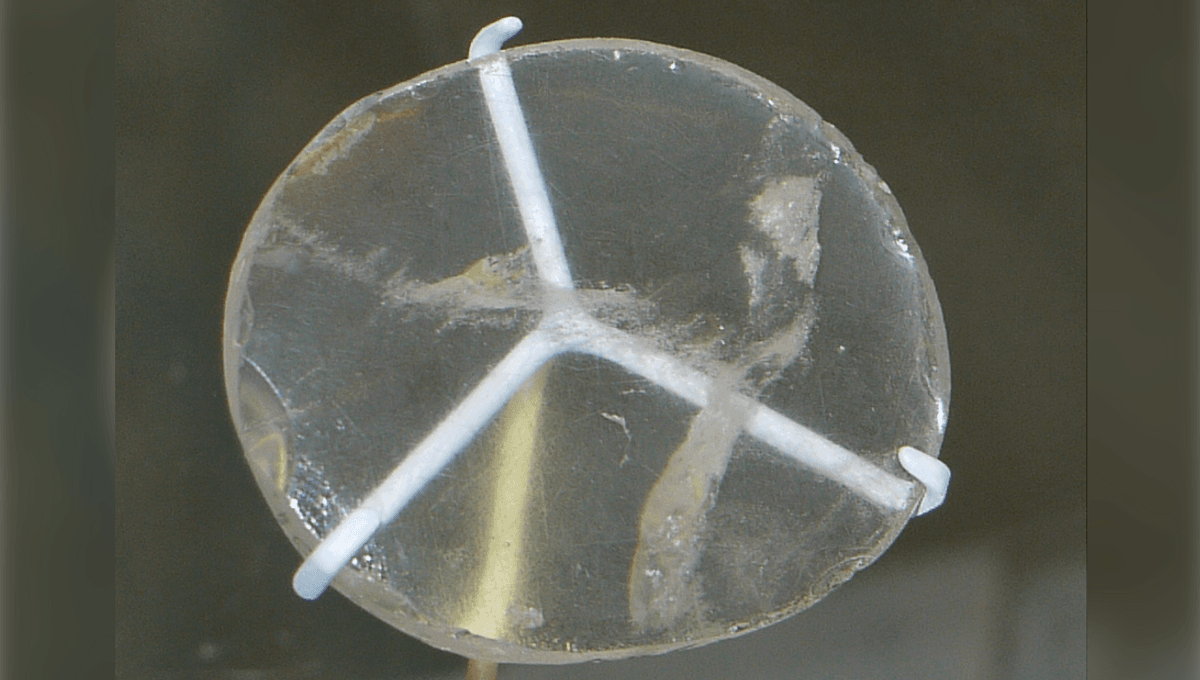
In 1850, archaeologist Austen Henry Layard found an unusual piece of rock crystal in the North West Palace of Nimrud, Northern Iraq, leading to speculation about its purpose.
Dubbed the “Nimrud lens”, the highly-polished piece dating back to around 750-710 BCE was first identified as a lens, while a more outlandish theory claims that it is evidence that ancient Assyrian astronomers created telescopes nearly 3,000 years ago.
Professor Giovanni Pettinato of the University of Rome claimed in 1999 that the lens could explain the ancient Assyrians’ knowledge of astronomy. Pettinato added that ancient Assyrians depicted Saturn as a god surrounded by serpents, suggesting that they could have seen Saturn’s rings.
However, Assyrians depicted serpents everywhere, and the lack of reference to any telescope in writing from the period suggests that it’s almost certainly not what the object was used for. It would also make a poor quality lens for a telescope, probably not allowing you to see anything you could then misinterpret as snakes.
That’s not to say it could have no use as a visual aid, or as a tool to focus the Sun’s rays to start a fire.
“It could certainly have been used as a crude magnifying glass,” the curator of the British Museum, where the artifact is on display, wrote of it, “with a focal length of 12 centimetres [4.7 inches] from the plane surface.”
However, these are likely accidental properties.
“There is no evidence that the Assyrians used lenses, either for magnification or for making fire, and it is much more likely that this is a piece of inlay, perhaps for furniture,” the curator continues. “This is supported by Layard’s statement that this object ‘was buried beneath a heap of fragments of beautiful blue opaque glass, apparently the enamel of some object in ivory or wood, which had perished’.”
In short, you could use the Nimrud lens as a crude magnifying glass or the worst telescope you’ve seen in your life, but in all likelihood what you are really doing is misusing furniture.
[H/T: Atlas Obscura]
Source Link: Nimrud Lens: What Was The Purpose Of This Ancient Neo-Assyrian Crystal?